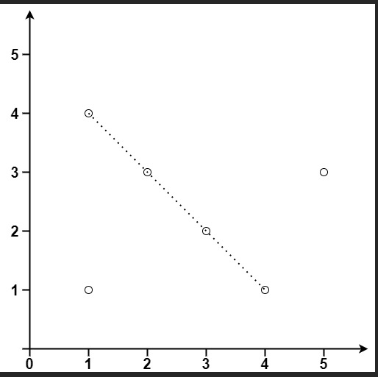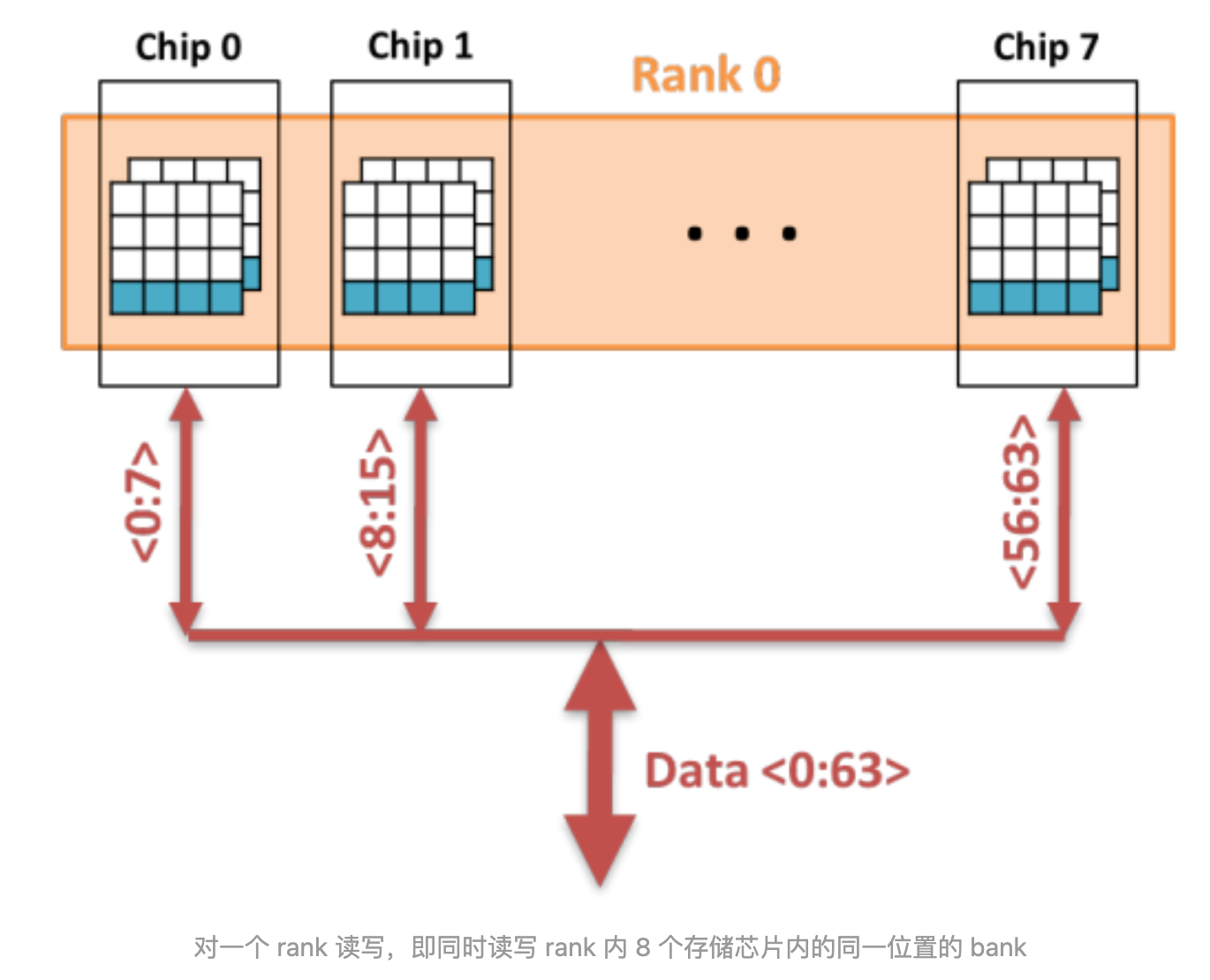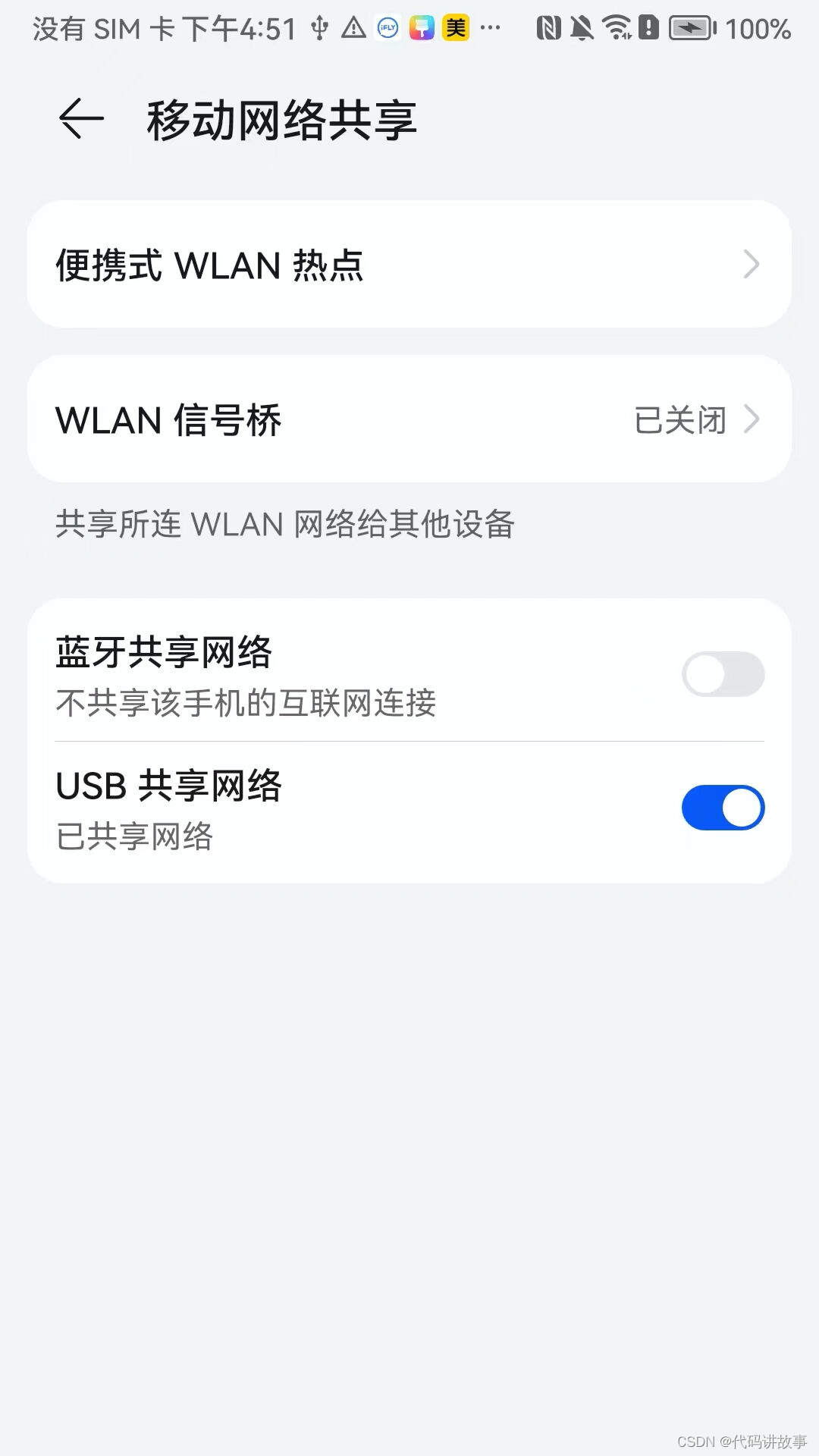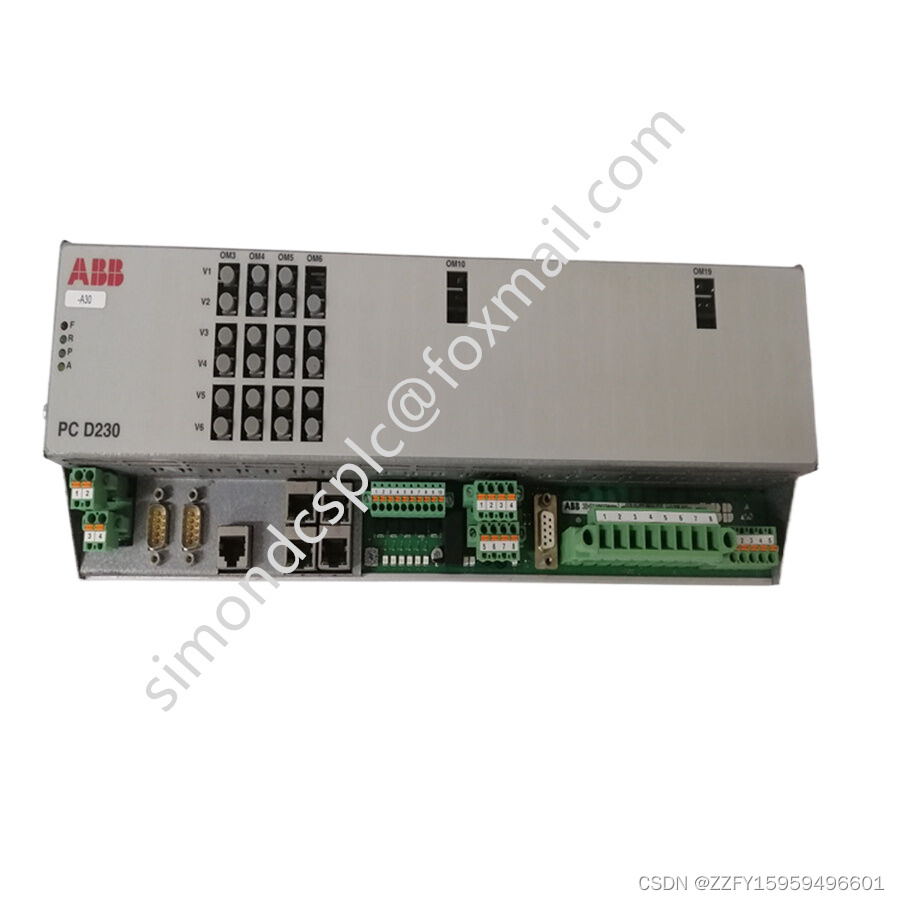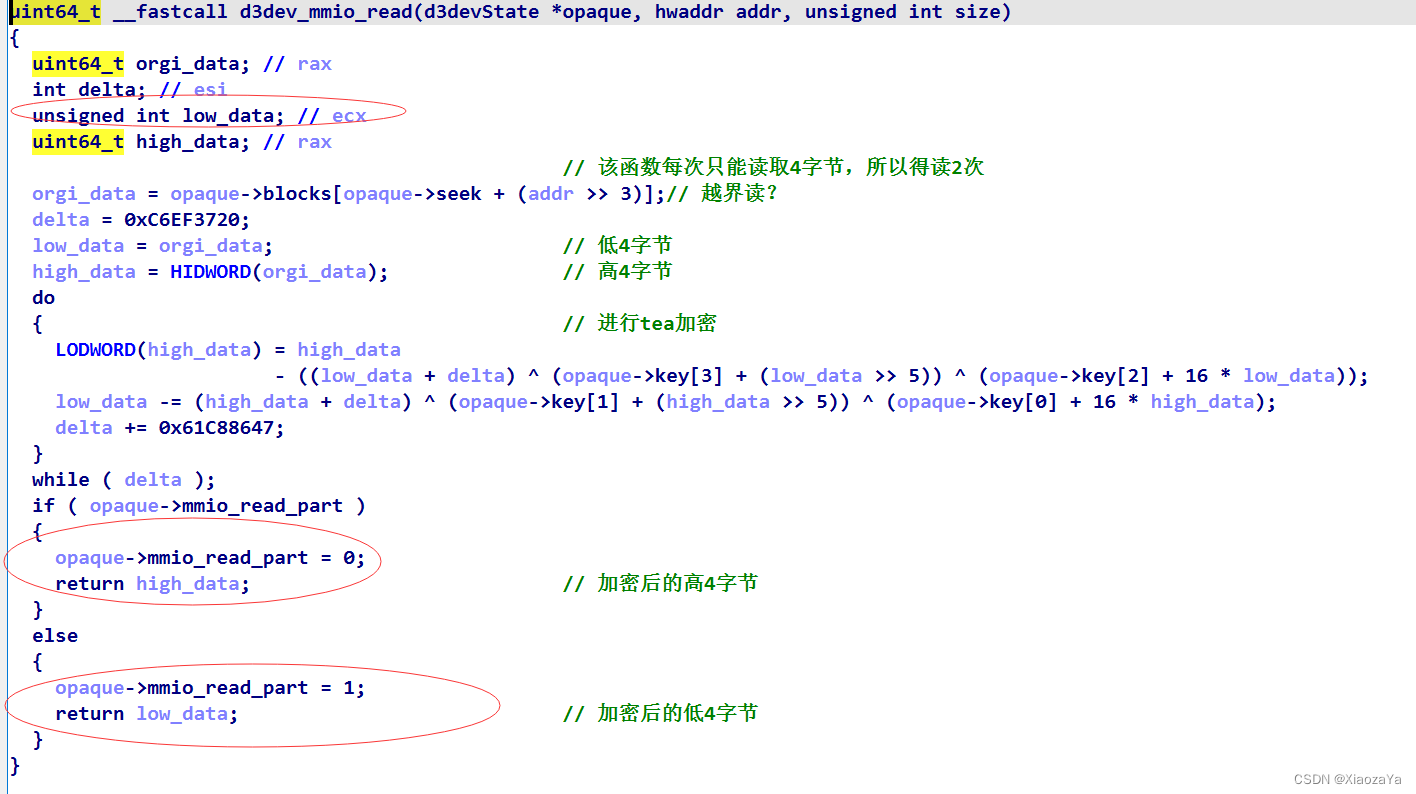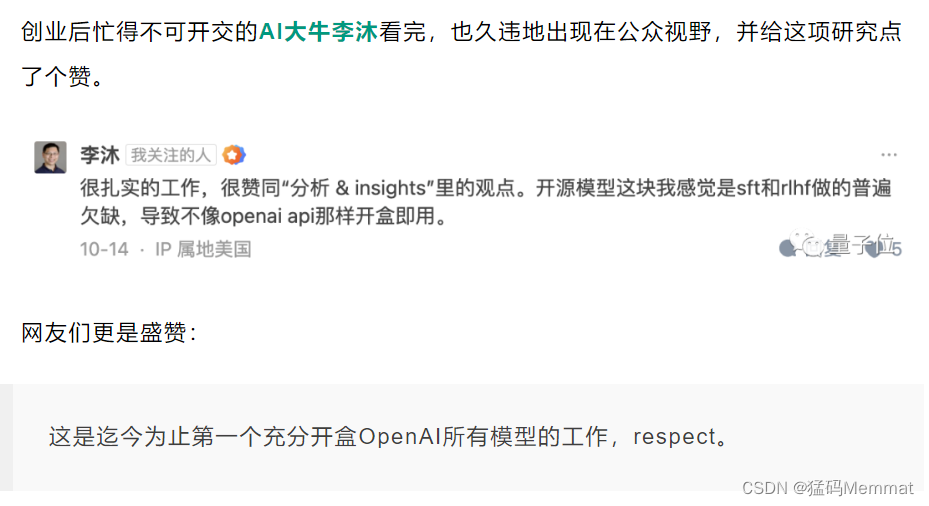一、概念
装饰模式是一种结构型设计模式,允许你通过将对象放入包含行为的特殊封装对象中来为原对象绑定新的行为。
二、构造

部件(Component)声明封装器和被封装对象的公用接口。
具体部件(Concrete Component)类是被封装对象所属的类。它定义了基础行为,但装饰类可以改变这些行为。
基础装饰(Base Decorator)类拥有一个指向被封装对象的引用成员变量。该变量的类型应当被声明为通用部件接口,这样它就可以引用具体的部件和装饰。装饰基类会将所有操作委派给被封装的对象。
具体装饰类(Concrete Decorators)定义了可动态添加到部件的额外行为。具体装饰类会重写装饰基类的方法,并在调用父类方法之前或之后进行额外的行为。
客户端(Client)可以使用多层装饰来封装部件,只要它能使用通用接口与所有对象互动即可。
三、应用场景
class Component {
public:virtual ~Component() {}virtual std::string Operation() const = 0;
};class ConcreteComponent : public Component {
public:std::string Operation() const override {return "ConcreteComponent";}
};class Decorator : public Component {
protected:Component* component_;public:Decorator(Component* component) : component_(component) {}std::string Operation() const override {return this->component_->Operation();}
};class ConcreteDecoratorA : public Decorator {
public:ConcreteDecoratorA(Component* component) : Decorator(component) {}std::string Operation() const override {return "ConcreteDecoratorA(" + Decorator::Operation() + ")";}
};class ConcreteDecoratorB : public Decorator {
public:ConcreteDecoratorB(Component* component) : Decorator(component) {}std::string Operation() const override {return "ConcreteDecoratorB(" + Decorator::Operation() + ")";}
};int main() {Component* simple = new ConcreteComponent;std::cout << "Client: I've got a simple component:\n";std::cout << "RESULT: " << simple->Operation();std::cout << "\n\n";Component* decorator1 = new ConcreteDecoratorA(simple);Component* decorator2 = new ConcreteDecoratorB(decorator1);std::cout << "Client: Now I've got a decorated component:\n";std::cout << "RESULT: " << decorator2->Operation();std::cout << "\n";delete simple;delete decorator1;delete decorator2;return 0;
}装饰模式总结
优点:
- 无需创建新子类即可扩展对象的行为。
- 可以在运行时添加或删除对象的功能。
- 可以用多个装饰封装对象来组合几种行为。
- 单一职责原则。可以将实现了许多不同行为的一个大类拆分为多个较小的类。
缺点:
- 在封装器栈中删除特定封装器比较困难。
- 实现行为不受装饰栈顺序影响的装饰比较困难。
- 各层的初始化配置代码看上去可能会很糟糕。


